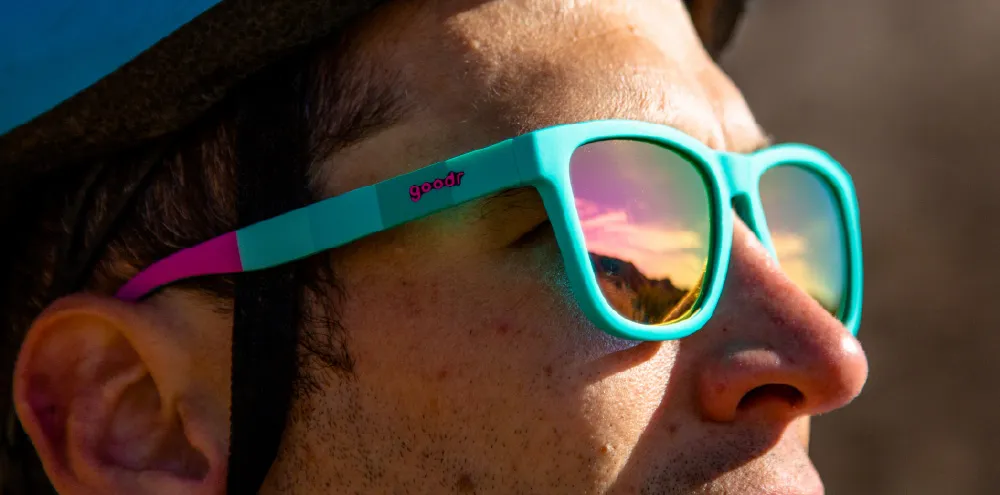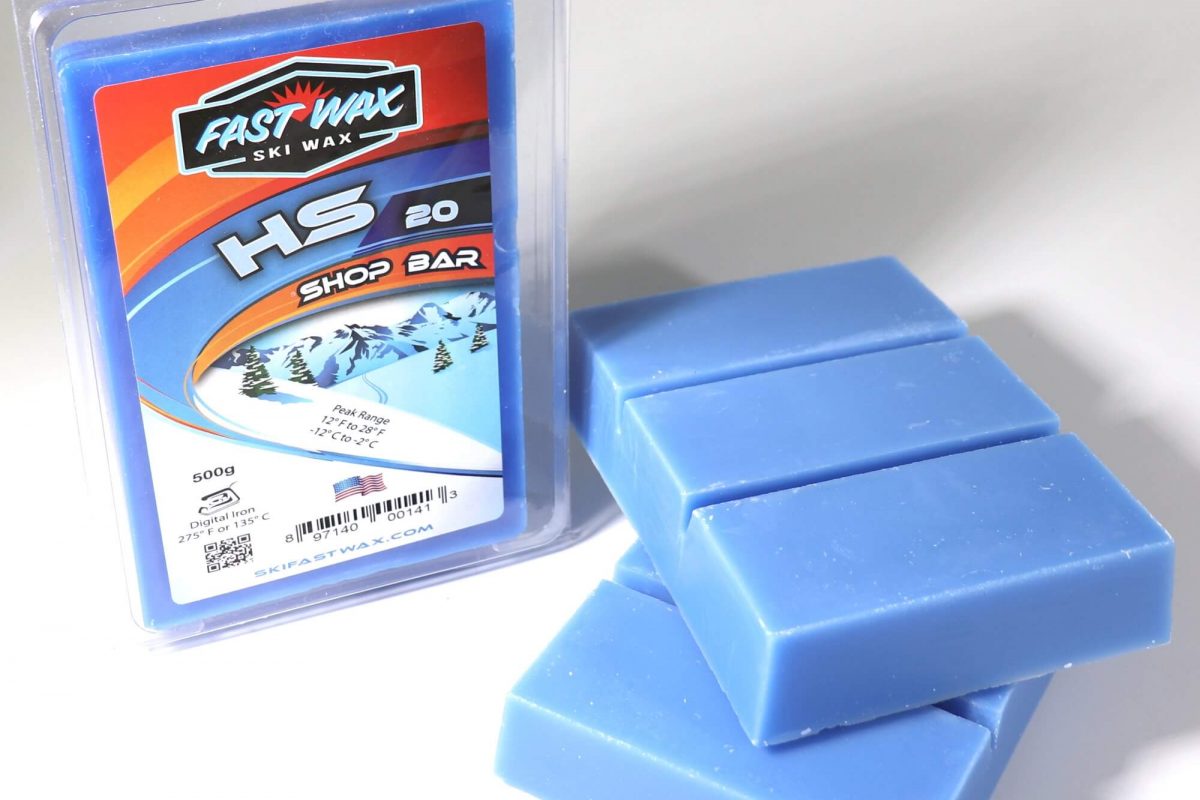Editor's Note: The following does not necessarily represent the views of FasterSkier.com, its editors, or sponsors. We fully support open dialogue on the issues raised in the following article. Please feel free to use the comments section to express your views.
When Bill Marolt came on board as CEO of the USST (a long time ago), I began writing him urging him to start a development program in cross country. I predicted poor results for the coming year. I wrote him essentially the same letter for ten consecutive years and guess what? My predictions of poor results were correct all ten years. And the USST still didn’t start what one could call a reasonable development program, although some USST hiree would almost always talk about doing so at the spring meetings. After those ten years I gave up, and the next year they gave me an award for contributions to the sport, probably for not bothering them, actually. That was a number of years ago.
I’m still not afraid to make predictions and will do so once more:
Results in 2007-8 will be very disappointing.
Big turnovers on the cross country team will continue. The Olympic Team for 2010 will bear scant resemblance to this year’s team.
Responses from Park City to my article, if any, will attempt to show how wrong I am, how their development program is working, how things are better than ever.
In 2010 the Canadians will clobber us at the Games. They have a good development program and have started serious work in preparation for those events. (They even started stealing our coaches!)
There will not be a meaningful US development program in the near future. But we will hear a lot about the “pipeline†and how it’s working, or supposed to work.
You can expect our best World Cup results to come from the races scheduled for Canmore in Canada during January 2008, and there are at least two good reasons for this. First, our skiers will not have to travel to Europe and through so many time zones. Long trips always take a toll on athletes. Next, the Euros know all about travel and therefore will not send a stellar field to Canmore. The Canmore races come at a time when many of the Euros are taking a deep breath and staying home for special training in preparation for the later and more important races on the calendar. Specifically, the last World Cup race before Canmore (in Europe of course) is on January 6th. The next European World Cup race is not until February 7th, and thus many top skiers will not come to North America because the trip would interrupt a good long training period. And so their absence will give our skiers a chance at better placings.
SUGGESTIONS
Let’s go after the money first, so we can have some funds for more useful purposes than those served over the past 25 years.
Tone down the operation of the US Ski Team. Name a team but leave the top athletes in their regions to live and train. Have the usual try-outs for trips to the big international events, but expect the regions to support their athletes to the try-out races. In short, give the regions more ownership of the overall program.
When the regions send one of their skiers to big races in the US or Europe, and they finish somewhere in the 50’s, it sends a message back to the regions. “Holy cow! That skier was the best in our area by x minutes and he/she got whipped real bad . Hmmm. We have work to do.†Whereas, when a USST skier gets the same placing in Europe, we can sort of ho hum it and blame it on the team and lack of good coaching and preparation. Obviously the USST should support the skiers who qualify for the biggest competitions abroad, and should appoint the coach and do the other usual stuff. But there isn’t much point in sending 50th place finishers to Europe for long periods of time, using USST money. Get the regions involved more on this score.
If there is to be a full time US coaching staff, expect them to travel the country giving clinics, coaching coaches, coaching the best athletes, and so on. Or appoint certain coaches who will each take responsibility for one or two regions of the country.
The United States is a very large country, and skiers go at it from Alaska to Maine. No one program fits all. This ain’t Switzerland. What might work in New England will not work in the mountain states, and so on. So consider a variety of programs that seem suited for the different regions of the country. Involve the regions themselves in setting up programs which they think will work (ownership) and which will deserve financial support. If we had six or seven different regional programs in this country we’d have a much better chance of succeeding at the international level. Some groups are bound to something right!
Programs are spelled M-O-N-E-Y. Take the budget for cross country skiing and split it up so all the regions can be supported financially. Establish support for all regional programs at some minimum level, and then in the coming years, award more funds for those programs that produce the best skiers at the senior level. Make it competitive.
Set up a meaningful coaching credential system based on sport education. I have a hunch that such a system might get significant funding from various sources, including the USOC.
All this implies setting up programs where athletes can live and train in their communities, thus encouraging them to train longer and at the same time giving them a better chance to pursue a career.
There are a lot of coaches with plenty of experience in this country, and I dare say they could coach in regions, lead trips abroad and generally help give the national program a boost—if they were asked. In the past, any or all coaches who leave the program are given scant attention, and thus we lose their experiences. The program of the past several years has been good at shooting itself in the foot in this respect.
Encourage and help, through connections, many more regions and communities to send skiers of all ages abroad to get experience, learn to handle culture shock, and get exposure to different and faster skiers.
Back off on so many important altitude ski races. The results of these races tell us who the best altitude skiers are, not who will produce the best results racing abroad, below altitude.
Put more emphasis on teaching better technique. Too many of our top skiers have technical flaws.
In sum, create what one might call six or seven countries in the US, each with a program tailored to best suit its needs. Work at creating ownership of these programs (and their results) in the regions and within the communities in those regions. Make the process competitive. If one region can attract a good skier from another— by means of more money, a better training situation, a better life, or any combination of these factors— it will soon produce results that will help the overall US program. (I won’t go into the subtleties here.)
This ownership concept has ramifications. These days, when a US Team member does poorly in international competition, the rest of the country just chalks it off to another typical result, and why should anyone worry about it, as I’ve said above. It’s the USST’s problem, after all. The athletes can feel the same way. They tried the Park City program and were not successful, so now it’s back home to earn a living.
But when a local skier goes abroad and does poorly, he/she has to come back to a community and face the music. Those skiers with a lot of pride sometimes vow to make amends, or take revenge. My knowledge of the US cross country program since the 1930’s shows that this phenomenon has occurred at least twice. Bill Koch won a silver medal in 1976, and as the 1980 Lake Placid Games approached, most people were expecting huge successes from our ski team. (Yes, the spin doctors were working back then too.) Our team bombed in 1980, and I can tell you there were a bunch of really pissed-off guys living around New England. They were insulted. They couldn’t even talk about it, but instead put their heads down and started some very tough training, mainly on their own, and they came into the 1982 World Championships firing and ready to go. I have already referred to the results that year, which remain the best ever in world competition.
I’d love to see that happen again.




